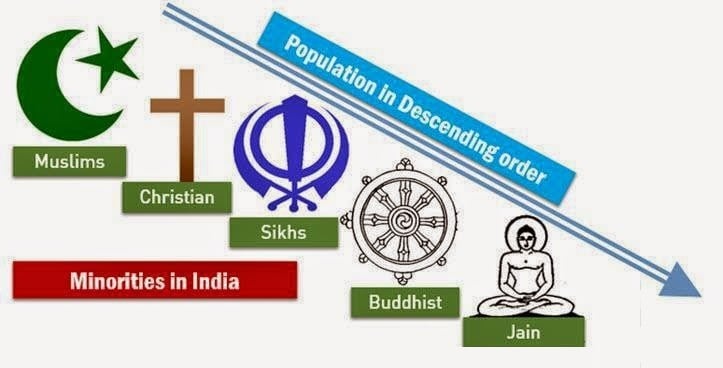Religious minority community: India is a country where people of diverse religions stay together. Religious diversity and religious tolerance are both established in-country by law and custom. A vast majority of Indian associates themselves with a religion.
According to the 2001 census Hinduism accounted for 80.5% of the population of India. Islam 13.4%, Christianity 2.3%, and Sikhism 1.9% are the other major religions followed by India’s people.
The Constitution of India prohibits discriminatory practice on the grounds of religion, race, caste, sex, or place of birth only. Though India was not conceived as a land of communities, it identified communitarian categories for special treatment to help them come at par with others.
It provided space for the minority religious communities to establish their own educational institutions as also instituted some other rights that would enable them to protect their distinct identity.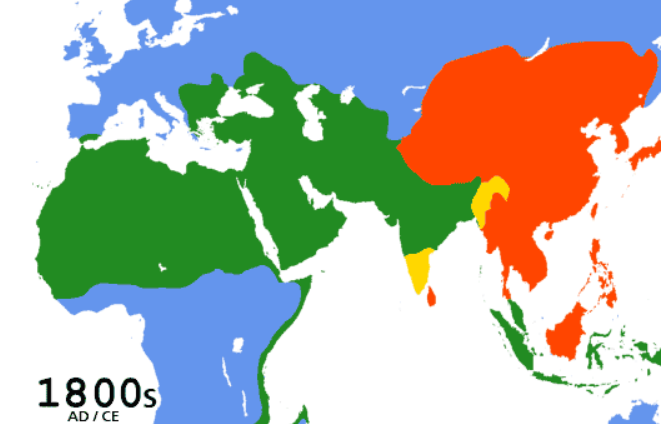
During the colonial period, the ‘depressed classes’ were referred to as a minority, but they are no longer described so after independence. Partition in 1947 did play a crucial role in shaping the discourse on the minority-majority question.
Thus, the Majority-Minority distinction has, over the years has come to be identified with religion. As per the National Minority Commission: Muslims, Christians, Buddhists, Sikhs, and Parsis have been notified as religious minority communities under section 2(c) of the National Minority Act, 1992. Minorities in the country are about 18.4% of the total population of the country.
Analysis of census data reveals that Hindus’ population has decreased from 1961 to 2001 by 3.0 %, whereas the population of Muslims has increased roughly in the same proportion.
The Constitution of India recognizes mainly two sorts of Minorities i.e., religious and linguistic. In the wake of the reorganization of the States on a linguistic basis in 1956, a variety of uni-lingual States were formed.
Even though the States were formed more or less on a linguistic basis, each of the states came to have linguistic minorities as well.
In every state where there is one dominant language group, several small language groups with languages different from the dominant language also came into being. Such a small group of people, within the State, having maternal language different from that of the bulk referred to as linguistic minorities.
India religious minority community
The Constitution makers had anticipated their problems and had made provisions to satisfy things. The National Minority Commission has notified five groups as minorities’ viz.
Muslims, Christians, Sikhs, Buddhists, and Parsis. Two groups, i.e., Sikhism and Buddhists, have originated and prospered from India. The remaining three viz. Muslims, Christians, and Parsis have their roots beyond India.
Muslims
The religion practiced by Muslims is Islam. More than 13.4% of the country’s populations, i.e., over 138 million as per the 2001 census, are Muslims. India’s Muslim population is that the earth s’ third-largest and thus the planet’s largest Muslim Minority population.
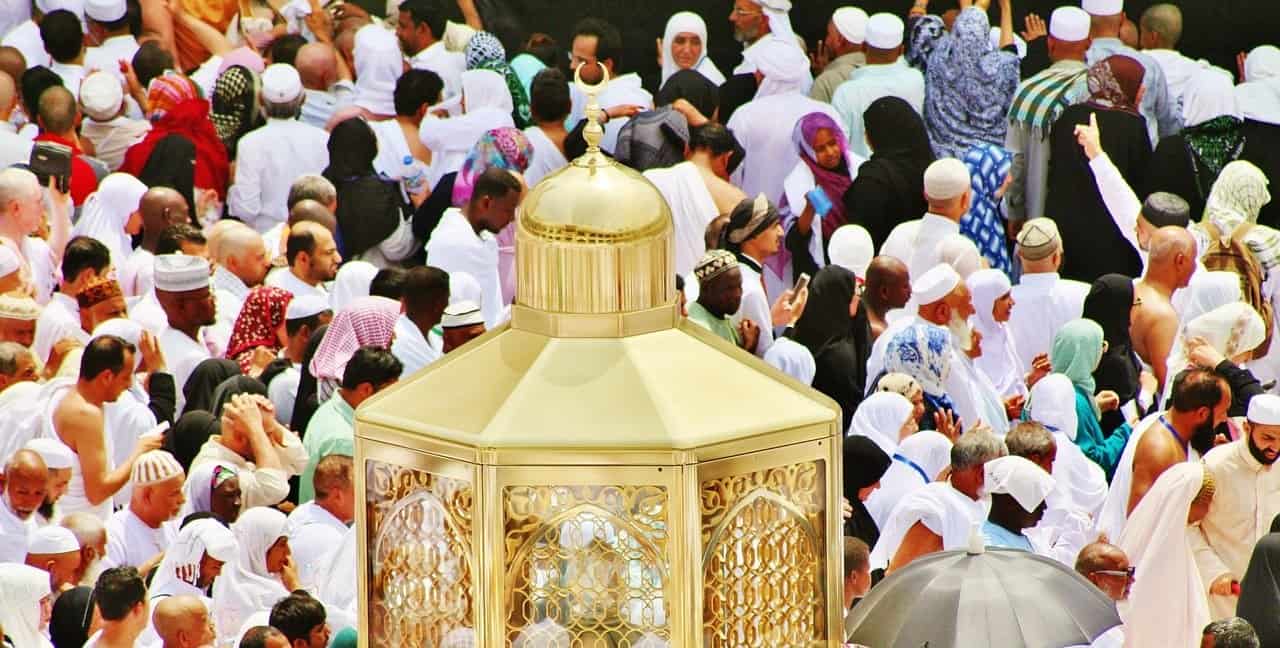
Most of the Muslims in India belong to Indian ethnic groups, having ancestors from Persia and Central Asia.
The largest concentrations, about 47% of all Muslims in India, consistent with the 2001 census, live in three states viz. Uttar Pradesh (30.7 million) (18.5%), West Bengal (20.2 million) (25%), and Bihar (13.7 million) (16.5%).
Muslims represent a majority of the local population in Lakshadweep (93% in 2001) and Jammu and
Kashmir (67% in 2001). High concentrations of Muslims are found in Kerala (24.7%) and Andhra Pradesh (14%).
Officially, India has the third-largest Muslim population after Indonesia and Pakistan.
Origin and growth of Islam in India
Trade relations existed between Arabia and, therefore, the Indian Sub-Continent from ancient times. Even within the pre-Islamic era, Arab traders want to visit the Malabar region, which linked them with the parts of South East Asia.
Newly Islamised Arabs were Islam’s first contact with India. According to historians, the first ship bearing Muslim travellers was seen on the Indian coast as early as 630 AD. It is claimed that the first Arab Muslims settled on the Indian Coast in the last part of the 7th Century AD.
It was with the arrival of Islam that Arabs became a prominent cultural force in the world. The Arab merchants and traders became carriers of the new religion and propagated it wherever they went. The first mosque was inbuilt in 629 AD in Kodumgallur, Kerala.
In Malabar, the Mappilas were the primary community to convert to Islam as they were close to Arabs. Islam was established in Saudi Arabia. But most of Islam’s spreaders in India arrived from non-Arab countries.
The first spreaders of Islam in India were individuals who saw in spreading Islam a holy precept. They began coming to India in the 11th century. They arrived in India from Bukhara, Turkey, Iran, Yemen, and Afghanistan.
The most famous preacher of Islam in India was Khwaja Chishti, who arrived from Iran, and his sect is named Sufism. The process of converting Indians to Islam began within the 8th century when the Arabs began invading North India and present-day Pakistan.
After the Arabs, other Muslims invaded India. These invasions by Muslims in India were not continuous, and not all Muslim invaders were Islamic fanatics. Moghul emperors, Akbar, was very liberal, and he even established a replacement religion, Din E Elahi, including in its beliefs from different religions.
In some of the monuments built by Akbar, symbols of various religions are visible. In contrast with Akbar, his great-grandson, Aurangazeb, was a fanatic Muslim, and through his regime, he worked ardently for the spreading of Islam.
Caste system among Muslims
Muslims in India also follow the class structure, which developed as a result of the concept of Kafa’a. Those who are mentioned as Ashrafs are presumed to have a superior status derived from their foreign Arab ancestry, while the Ajlafs are assumed to be converted from Hinduism and have inferiority.
Actual Muslim social practice points to the existence of sharp social hierarchies. Muslims of Arab origin, namely Sayyed’s and Shaikhs, are considered superior to non-Arab or Ajami Muslims. A man who claims Arab origin can marry an Ajami woman; the reverse is not possible.
Similarly, a man from a higher caste, e.g. Pathan Muslim man, can marry a lady from a lower caste, i.e., Julaha (Ansari), Masuri (Dhunia), Rayon (Kunjra) or Quraishi (Qasai or butchers), but an Ansari, Rayin, Mansuri and Quraishi man cannot marry a Pathan woman.
Many of the Ulama also believed that it’s best to marry within one own caste. Thus, the practice of endogamous marriage in one’s caste is strictly observed.
In Malabar, the Mappilas may are the primary community to convert to Islam as they were more closely connected with the Arabs than others. Intensive missionary activities were administered along the coast, and a variety of natives also embraced Islam.
These new converts were now added to the Mappila community. Thus, among Mappilas, we find both the descendants of Arabs through local women and, therefore, the converts from among the local people.
Sects in Muslims
In general, the Muslims of India, just like the Muslim world, are split into two mains sects, Sunni and Shia. Each sect has many different schools.
There are also Muslims who claim to be the descendants of the daughter of Prophet Muhammad, and therefore, the men during this community add the title Syed before them names, other claims to be the descendants of the primary Muslims and add the title Shaikh.
Different communities who adopted Islam in several ways have different community names. In west India, the Bohra and Khoja are Muslim communities who adopted Islam influenced by different Muslim preachers.
The Khojas also split into different communities. The leader of the Khoja (Nizari) community is Aga Khan. The Nawait are descendants of Arab and Persian immigrants. In south India, within the State of Kerala, the Mophilla community is descendants of Arab merchants.
A well-known Indian Muslim community is Pathan. The Pathan are Muslims who arrived from Afghanistan. They normally have their surname as Khan. The original Pathans claim that they originate from the Tribes of Israel.
Though Islam came to India within the early 7th Century with Arab traders’ arrival, it began to become a major religion during the Muslim conquest within the Indian Sub-Continent. Islam spread in India under Delhi Sultanate (1206-1526) and Mughal Empire (1526-1858).
Christians
Christianity is that the third largest religion with approximately 24 million followers, constituting 2.3% of India’s population. Christianity originated in Israel. The first Christians were Jews, and in the beginning, Christianity was seen as a Jewish Cult.
Most of the Apostles confined their evangelical work to Europe. It was Apostle St Thomas who arrived in India in the 1st Century. Christianity was introduced in India in the 1st Century by St. Thomas, one of the twelve apostles of Jesus Christ.
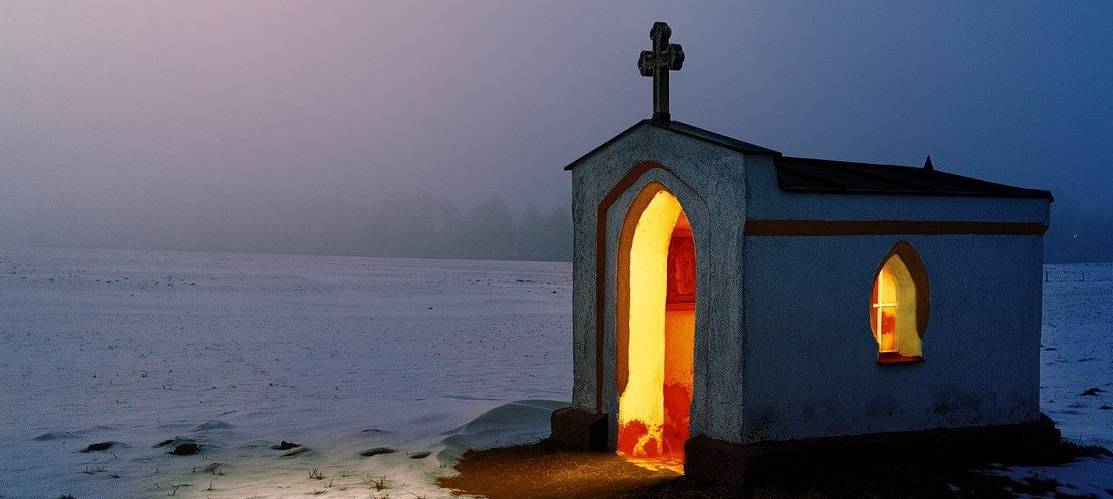
Christianity is the first foreign religion in India, which was introduced to natives after being initially introduced to the Jewish Diasporas in Kerala. Christianity in India has different denominations, like Roman Catholic, Oriental Orthodox, and Protestants.
There are about 30 million Christians in India. The major centers of Christianity in India are Kerala, Tamil Nadu, Goa, Manipur, and Mizoram. There is also an enormous community of Christians in Mumbai.
Sects in Christianity
The major two sects of Christians in India are Roman Catholics and Protestants. Roman Catholicism is a denomination practiced by over 17.3 million people in India, which represents less than 2% of the total population. Most Catholics reside in South India.
Goa is home to Roman Catholics. Christianity was introduced to Indians twice in the 1st Century by St. Thomas and by Europeans in the 13th Century. Protestantism was brought to India in the 18th Century by British and American Missionaries.
It grew following European Colonisation and Protestant Missionary efforts. Other denominations like Syrians, Baptists, Brothern, Anglican, Armenian, Methodists, Jehovah’s Witnesses, Pentecostals, etc. are found in India. There is an Anglo-Indian community in India who, too, follows Christianity.
The population of Christians in India
Though the Census reports of 2001 point out that the Christian population is 2.34 percent of the country’s total population, the following table points out the population of Christians in the various States of India.
Sikhs
The Sikh religion originated in Punjab (northern India). This is where the highest population of Sikhs can be found today, living within towns and villages. Punjab has many holy ‘Gurdwaras’ (temples), which sees many people from the community coming together to pray daily.
These ‘Gurdwaras’ all have significance and are related to the ten gurus. There currently are 25.8 million Sikhs worldwide, with 75% of those living within Punjab.
Origin of Sikhism
Guru Nanak (1469-1539) was the founder of Sikhism. About 2% of India’s populations are Sikhs. Even so, the Sikhs, due to their unique appearance, sometimes stand for India. Traditionally the lads keep their hair and don’t shave their beard or moustache. They gather their head hair in a turban.
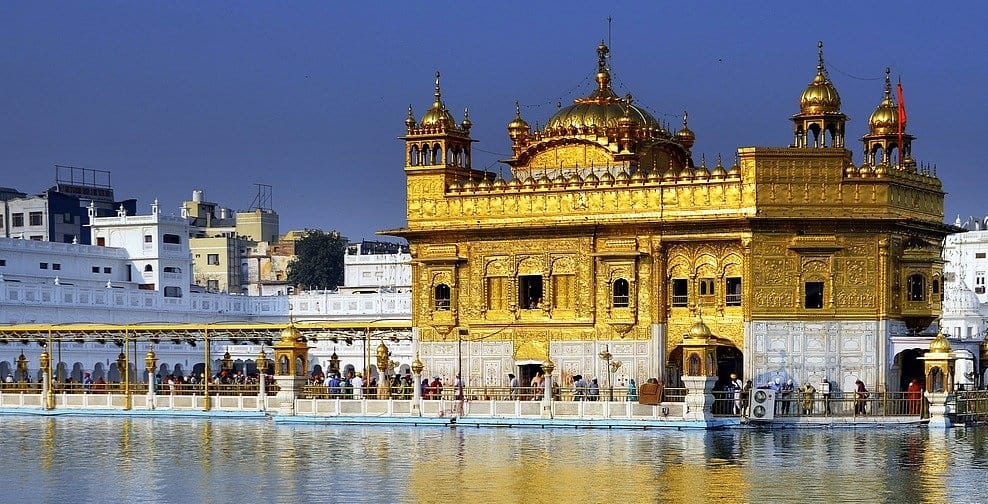
Sikhism is a comparatively new religion in India. Guru Nanak established this religion. Nanak was born into a Hindu family in 1469 within the Punjab region. Since childhood, he loved to travel, learn, and preach humanity.
In those days, people that taught and preached were titled Guru, meaning teacher; his followers became to be referred to as Sikhs meaning learners.
And so, Guru Nanak developed a replacement religion, and it also included beliefs from the 2 dominants religions in the Punjab region, Hinduism and Islam.
Some claim that Guru Nanak tried to develop a replacement religion and included what he thought were the good beliefs of these two religions.
Like in Islam, the belief in the existence of one invisible God, like in Hinduism, the belief in Karma and reincarnation, meaning your actions during this life, will decide your fate within the next incarnation.
The Sikhs also cremate their dead ones as is completed in Hinduism. The creators of Sikhism tried to abolish a number of the Indian customs like the Caste System and Sati.
In Sikhism, everyone has equal rights irrespective of caste, creed, color, race, sex, or religion. Sikhism rejects pilgrimage, fasting, superstitions, and other such rituals.
Sikhism doesn’t have a clergy class because it considers this as a gateway to corruption. However, they have readers and singers in their temples.
Sikhs believe that there is only one God; he is the creator of life and death. They believe that God exists throughout our daily lives, although he might not be visible; he’s with us in spirit everywhere we go (‘Ik Om Kar’).
Place of Worship
A Sikh place of worship is called Gurdwara. Sikhism does not support pilgrimage to holy sites because, consistent with Sikhism, God is everywhere and not in any certain place.
But Sikhism features a few important sites, of which the Hari Mandir, also referred to as the ‘Golden Temple’ in Amritsar in Punjab, is that the most important site and is taken into account the holiest shrine of Sikhism.
Belief
Equality may be a vital element within the Sikh religion; no matter caste and class, all humans are seen as equal. Everyone possesses the same rights, with all men and ladies being treated equally within the Gurdwara (temple).
This emphasis on equality then sees many of us from all ethnic backgrounds being welcomed into the Gurdwara and in to ‘Guru ka Langar.’ Sikhism emphasizes community service and helping the needy.
One of the distinct features of Sikhism is the common kitchen called Langar. In every Gurdwara, there is a Langar. Every Sikh is supposed to contribute to preparing the meals in the free kitchen.
The meals are served to all or any and are eaten sitting on the floor, and this is to emphasize the point that all are equals.
Sikhism does not believe holding fasts for the body is God’s present to a person, and therefore, humans must foster, maintain and preserve it in good sound condition unless fasting is completed to foster the physical body like healthy diets.
Guru Nanak, who established Sikhism, was its first Guru. After him, there were nine more Gurus who were the very best religious authority. The last Guru, Guru Gobind Singh, proclaimed that after him, the Guru of the Sikhs would be the holy book of Sikhism, Guru Granth Sahib.
Guru Granth Sahib is written in Gurumukhi script. It includes the writings of the Sikh Gurus and, therefore, the writings of Hindu and Muslim saints. But out of humility Guru Gobind Singh didn’t include his own writings within the book he had proclaimed because of the permanent Guru of the Sikhs.
His writings appear in a separate book called Dasam Granth. Guru Gobind Singh is also the Guru behind the unique appearance of Sikh men. The Guru Adi Granth was first compiled by the fifth Sikh guru, Guru Arjan Dev, from the primary five Sikh gurus’ writings.
Saints who preached the concept of universal brotherhood, including those of the Hindu and Muslim faith. Before the death of Guru Gobind Singh, the Guru Granth Sahib was declared the eternal Guru. Sikhism recognizes all humans equal before Waheguru regardless of color, case, or lineage. Sikhism rejects the belief of idol worship and circumcision.
Guru Nanak’s preaching was directed with equal force to all humans, regardless of their religion. Guru Nanak defines man’s transformation to a permanent union with God as part of his preaching against communalism summarized by the famous phrase, “There is not any Hindu and no Muslim.”
Guru Gobind decided to make his followers, the Sikhs (meaning learners), a community of fighters. He changed his surname to Singh, which suggests a lion. His followers also changed their surname to Singh.
Since then, a ceremony of baptizing was established among the Sikhs during which the boys got the title Singh, and therefore the girls were titled Kaur, meaning princess.
In those days, “Singh” as a surname was very fashionable among a famous warrior caste of north India, the Rajputs. Some of the first Sikhs were also Rajputs.
Five marks of Sikhs
In order to form it easier for his followers to acknowledge one another, Gobind Singh chose five marks, a number of which even today symbolize the Sikhs. The five signs were uncut hair; comb; sword or dagger; bracelet on the proper wrist and shorts.
The religious Sikhs dress consistent with Guru Gobind Singh’s order, carrying a sword.
Sikh Population in India
Sikh population in India is a mere 1.87 percent of the total population of the country.
Despite the low population, it’s interesting to notice that Sikhs are found all over the country. The chart below depicts the population of Sikhs everywhere in the country.
